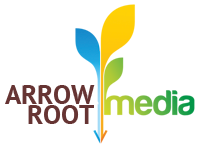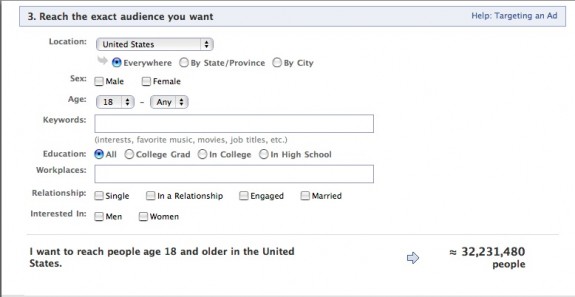I don’t usually do these “How to use xyz to do abc” kind of posts (or do I?). So while I might be able to write a post on “how to use facebook for marketing your organization,” I’ll spare you. There are many other places you can go for that
HOWEVER – I just saw a post on Danciti and wanted to respond directly.
Here’s the post : http://danciti.com/post/89689559/using-facebook-for-your-organization-well-show-you
The post said “Facebook isn’t a marketing panacea. We’ve never seen hard numbers that show it sells tickets or even holds people’s interest. Sure, it’s free and easy but maybe your limited time would be better spent elsewhere especially if you are over 25 and weren’t born holding a Macbook.”
I am writing to let you know that Danciti is right. You should not be using facebook to market your organization if you’re like 50 years old.
Another thing Danciti is right about – Facebook does not sell tickets.
People sell tickets. But smart people can use facebook to help them sell these tickets (and many other things).
Let me put it in simpler terms. This past season, I ran an online marketing campaign for DanceBrazil. In addition to putting together their site, producing a webcast, and inviting bloggers like Tonya Plank to see the show, I setup a facebook page for the company. I also ran ads on facebook for the company.
Without betraying any implicit confidentiality, I’ll say this. The company received approximately $20 for every $1 I spent on facebook. For example, this means that if we had a budget of $100, the company would have sold $2000 in tickets (via facebook). This, of course, is not as simple as I am breaking it down. I spent alot of time on facebook on behalf of the company. Alot. And by alot, I mean alot. I engaged people. I asked them questions. I listened to them. I reached out to people individually. I built a small audience for DanceBrazil on facebook. And THEN – once I had an engaged audience – I ran ads. On facebook. And we sold tickets. Lots of them. On facebook.
In the interest of full disclosure, I am not a 25 year old, but I was born holding a Macbook. Also, DanceBrazil is highly interesting to watch. If your product sucks, you’re going to have to spend more money to either make your product not suck, or marketing a sucky product. Either way, it helps to not have a sucky product.
For those interested in a full blown case study (without the words um, like, Macbook, and sucky) …stay tuned…..





